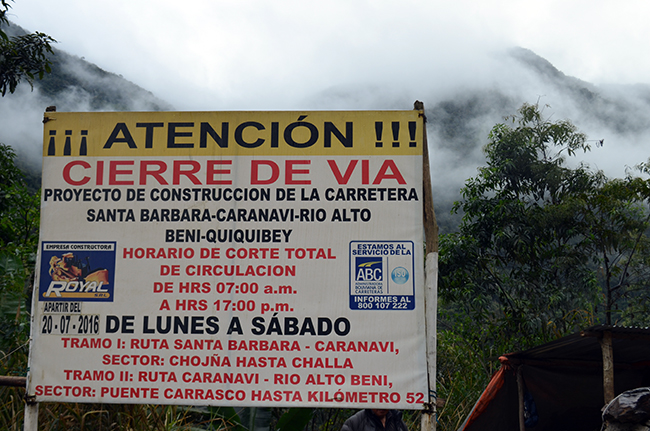
By Daniela Romero*
Since the 1990s, the gender approach has been included in the debate of international conferences and in government policies and programs around the globe. In addition, this has led to the emergence of many women’s organizations that promote use of the concepts of the approach from both an activist and scientific perspective. Despite this, gender conditions and relations that vulnerate the lives of many women are still present in a diversity of contexts, particularly rural ones, where conditions of inequality and poverty persist. In this sphere, beyond rhetoric, social projects have not been able to deal with and/or go sufficiently deeper in the structural aspects that perpetuate such conditions. It is thus necessary for the new interventions to incorporate the gender approach in a more active way, fostering the transformation of gender relations from within the family, starting with the men and women themselves, identifying their individual and collective skills, interests and aspirations (Rodríguez, 2015). Read More »
 Development Roast Giving international development a proper roasting
Development Roast Giving international development a proper roasting


 By: Lykke E. Andersen*
By: Lykke E. Andersen*
 By: Sanne Blauw*
By: Sanne Blauw*